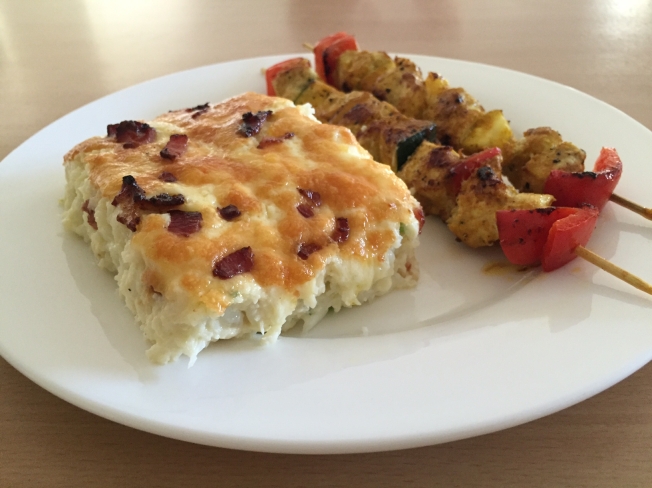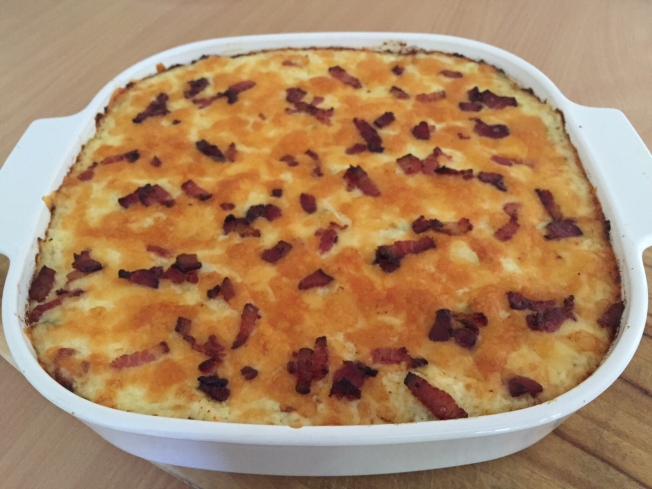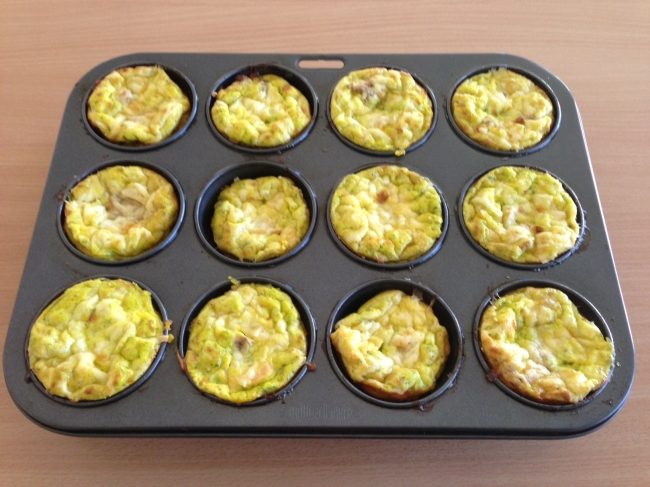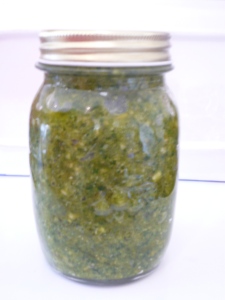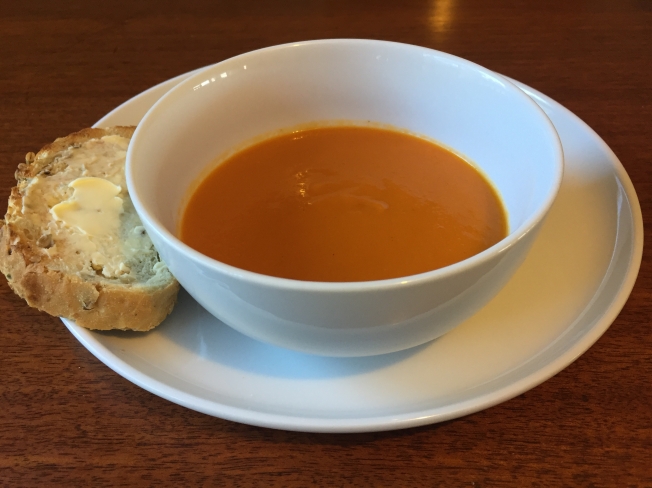

Last week our family came home from holidays with a gastro bug, my dear husband suffering the worst of it. Overwhelmed and tired after a terrific break, but a long return journey, we were feeling rather ordinary and just so thankful to be home. Our weary hearts were made even more thankful by the countless expressions of care we received – more than one friend brought meals around for the days ahead in Vomit Land and we had countless offers to pick up milk and food for us, as well as prayers offered to our Heavenly Father on our behalf. On one hand, things like this happen pretty frequently among all sorts of people, but I’m still just struck by the fact that these kinds of everyday miracles are just how God rolls. Whether or not we realise it, he cares for us and provides what we need through the people he’s made us to be. In his letter to the scattered early church, James writes:
“Every good and perfect gift is from above, coming down from the Father of the heavenly lights, who does not change like shifting shadows.” – James 1:7
God is good, though it’s sometimes hard for me to see. He doesn’t change, he isn’t moody and I don’t need to catch him at a good time. He gives good and perfect gifts. One of them was this flavoursome and refreshing soup provided that night by our friends Ben & Renee for my green-feeling husband. It hit the spot. Renee shared the recipe with me which has come in handy this week, cause some of us are sick again, this time with colds and flus. Oh well, that’s life. But this yummy comfort food is also just what we feel like at the moment: It’s autumn, the weather has turned crisp and the kids and I are using up some school holidays visiting family in the Snowy Mountains (check out the view!). Not a bad time and place to be sick and snuggly with soup. This recipe is freezer friendly and a great option for those with special dietary needs (just use gluten free stock and leave out the cream if need be), and cheap to cook costing less than $5 to make more than 2L. We’re having it tonight with oven-ready bread and real butter. Thanks, Ben & Renee for the soup, and much more.
- 125g butter (half a block)
- 2 large onions, finely chopped
- 2 x 400g tins crushed tomatoes
- 1 x 500g bag carrots, peeled and roughly chopped
- 8 cups chicken stock (I use powdered, reconstituted with water)
- salt, pepper and pinch of sugar
- cream for drizzling, if desired
- In a large soup pot melt butter and saute onion until golden. Add carrots and cook until soft and golden (this preliminary cooking step add lots of extra flavour to the end result).
- Add the remaining ingredients (except the cream) to the carrot, butter and onion mixture, and simmer for 45 mins.
- Blend with a stick blender in the cooking pot and serve with or without drizzled cream and crusty, buttery bread. Serves 8.
